L'incanto musicale di Orfeo
"The Musical Enchantment of Orpheus" The myth of Orpheus, as narrated by Ovid in the Metamorphoses, tells the story of the talented singer from Thrace. Apollo gifted Orpheus with the lyre for his extraordinary musical talent, allowing him to enchant animals, plants, and gods. After the sudden death of Eurydice, his wife, Orpheus descended into the underworld to bring her back to life. With his magical lyre, he captivated the inhabitants of the underworld but, violating a condition, he looked back during their ascent, causing Eurydice to return to the underworld. The tale conveys the power of love, music, and the human struggle in the face of death.
In the context of Humanism and the Renaissance, the artist is seen as an intermediary between heaven and earth, capturing the spiritual essence of humanity. Orpheus’s lyre becomes a symbol of the artistic mission, representing the artist’s ability to elevate the human soul, inspire thought, and convey profound emotions. The image of the lyre underscores the power and importance of art in enriching the human experience, opening new perspectives, and fostering a connection with the divine.
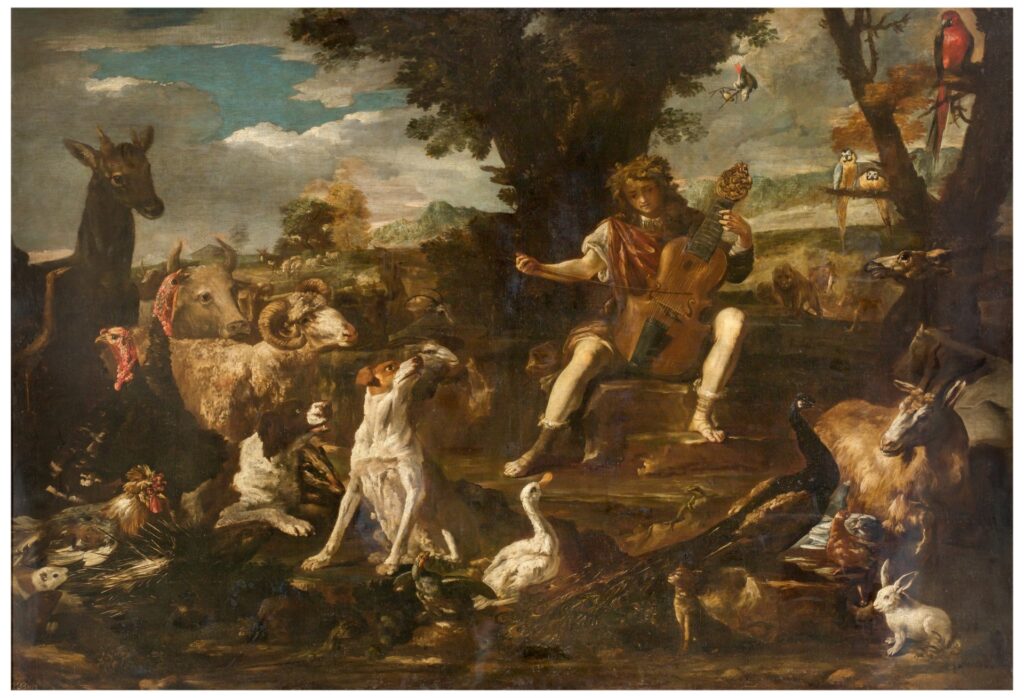
In the music of the Baroque period, the myth of Orpheus is chosen as a recurring theme due to its connection with love, heroism, the challenge against the gods, and music as a tool for healing. The mythological figure of Orpheus provides fertile ground for the musical exploration of universal emotions. In the vast repertoire dedicated to Orpheus, especially during the Baroque period, musical pieces are selected that evoke the emotions and affections narrated in his story.
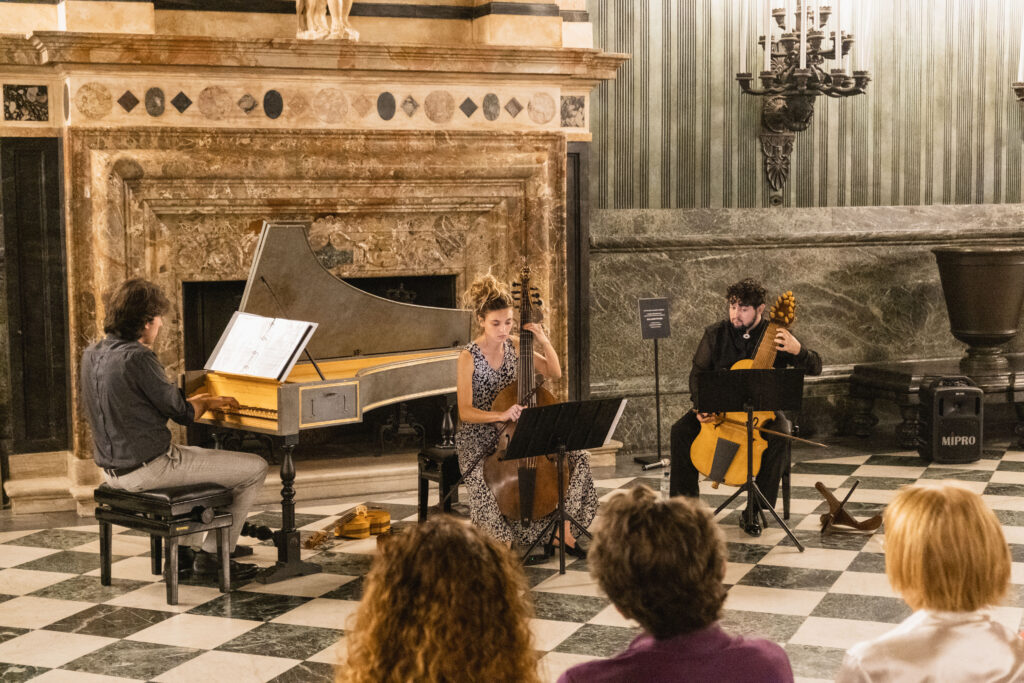
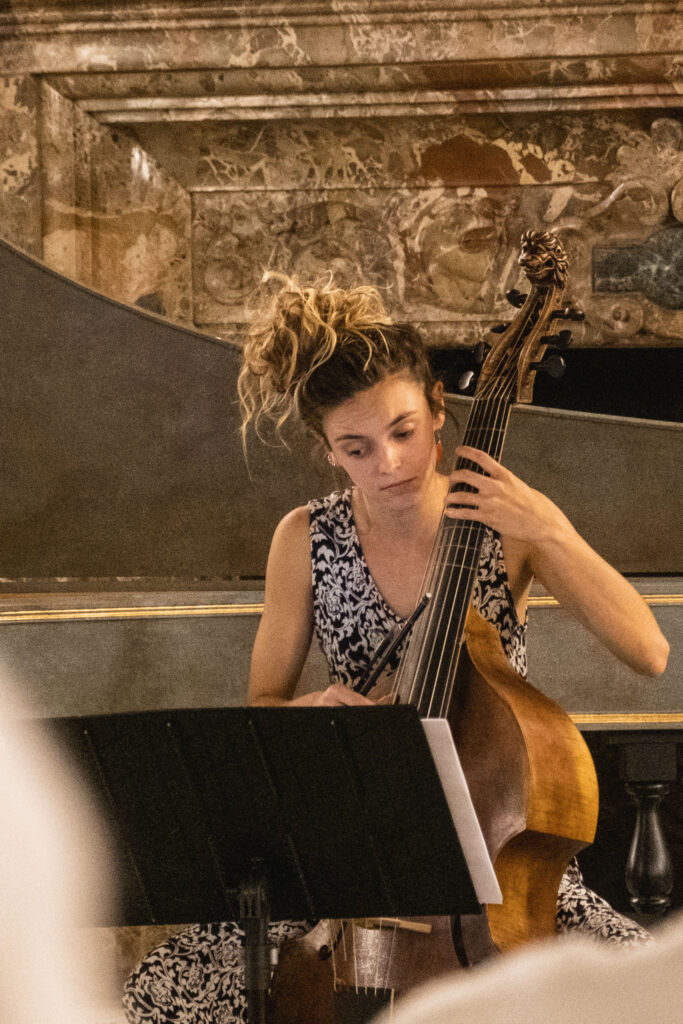
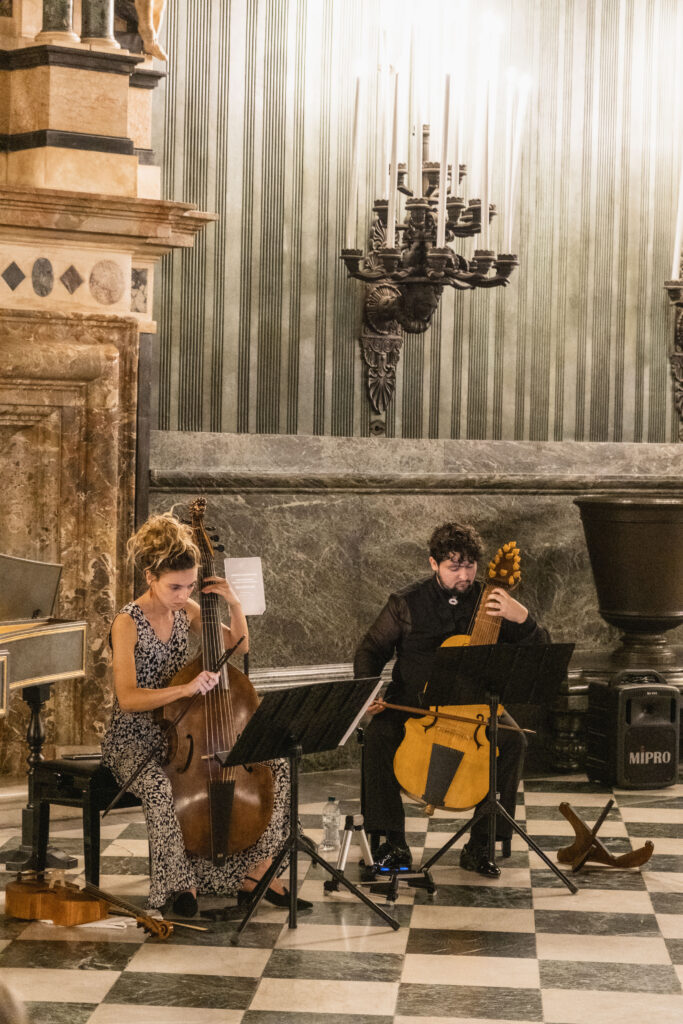
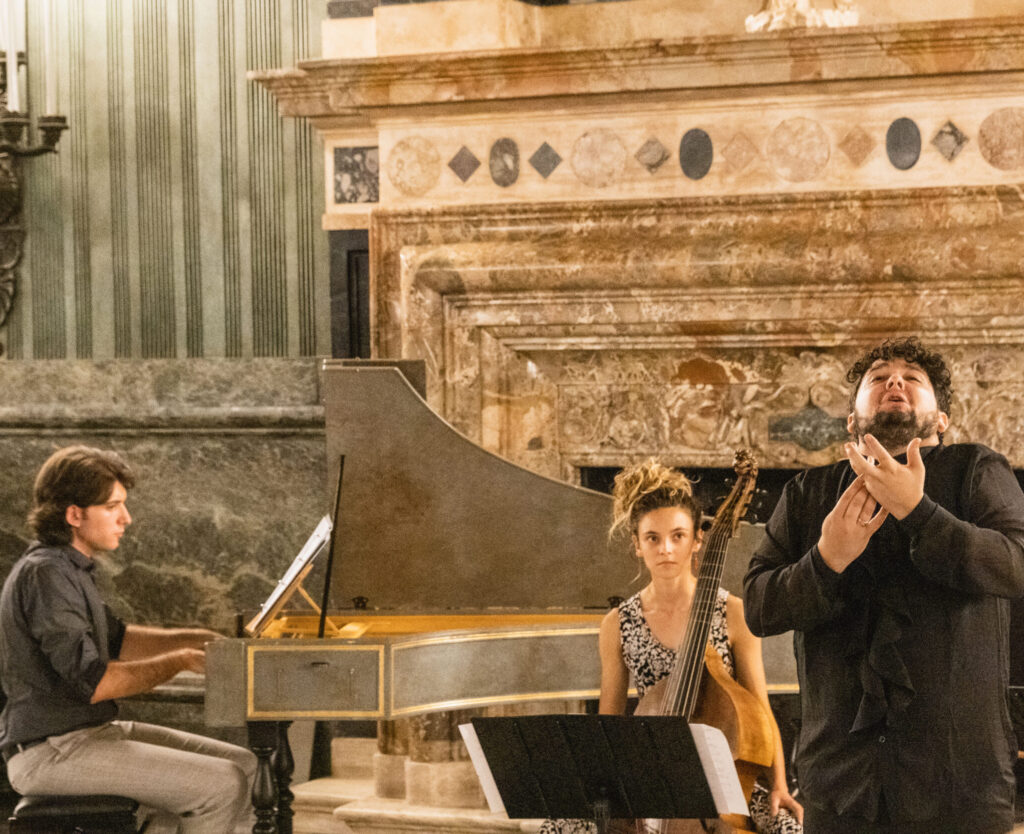
In this context, Angelo Polizianoa key figure of the Italian Renaissance, Poliziano rose as a scholar who deeply embraced the classical heritage of authors like Ovid. Through the lens of Humanism, Poliziano drew inspiration from the poignant story of Orpheus and Eurydice as told by Ovid, and transformed it into a Renaissance masterpiece that combined mythological richness with the emotional nuances of his time. In his treatment of the story, Poliziano retained the heart of the classical narrative, emphasizing the power of music and love, but also added his distinctive touch. Poliziano's musical tragedy reminds us of the eternal strength of human emotions, their ability to transcend centuries, and their deep capacity to touch the human soul in every era.
Thus, while Ovid provides the mythological foundation of Orpheus and Eurydice, Poliziano, inspired by Renaissance Humanism, adds layers of complexity and depth, transforming an ancient myth into a work of art infused with emotion and sophistication. In both narratives, the story of Orpheus and Eurydice continues to resonate as a hymn to the power of love and music, bridging the classical past with the intellectual and cultural fervor of the Renaissance.
The story of Orpheus and Eurydice tells of the power of love, music, and the challenges humanity faces in the face of death and its limits.
